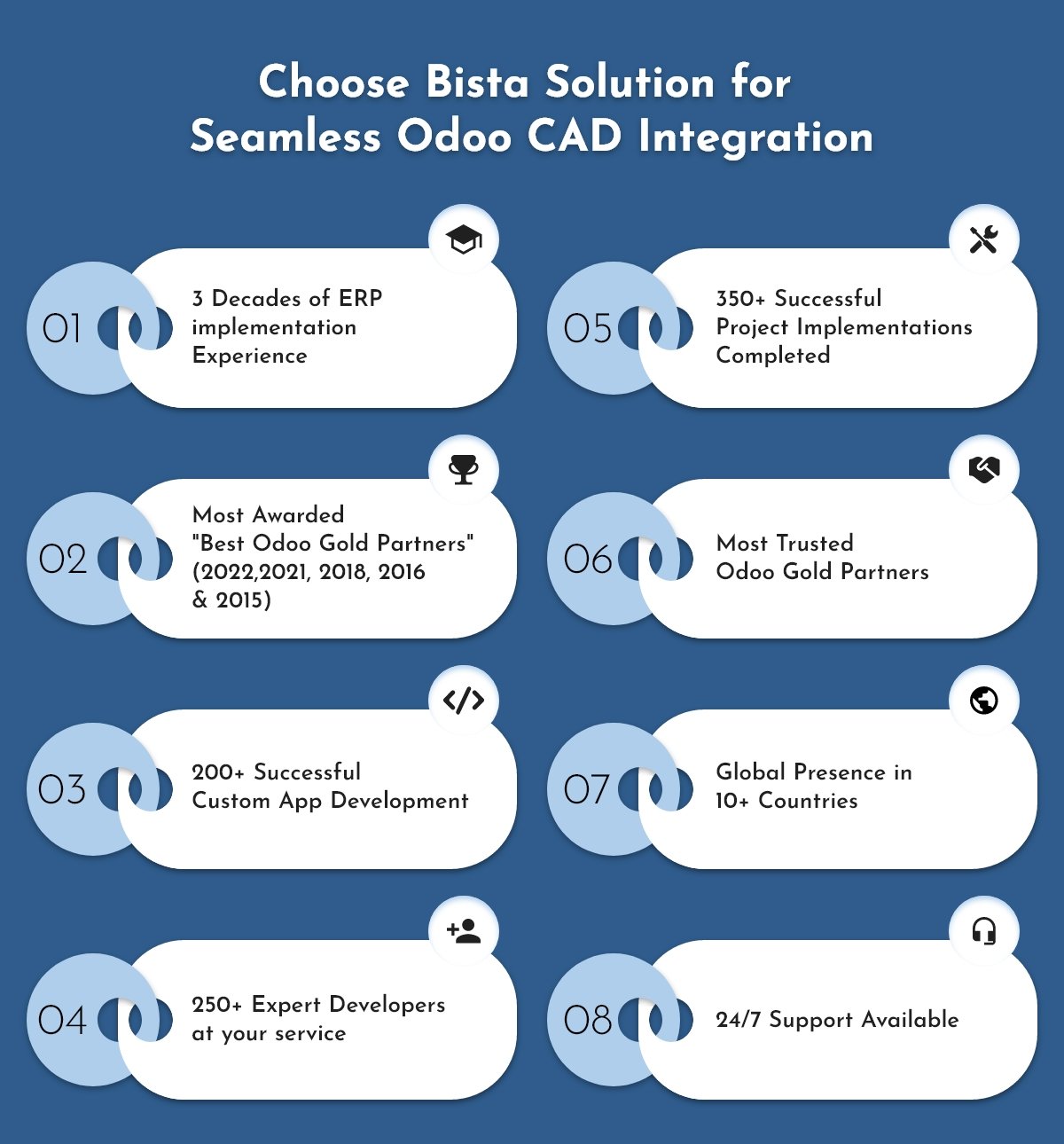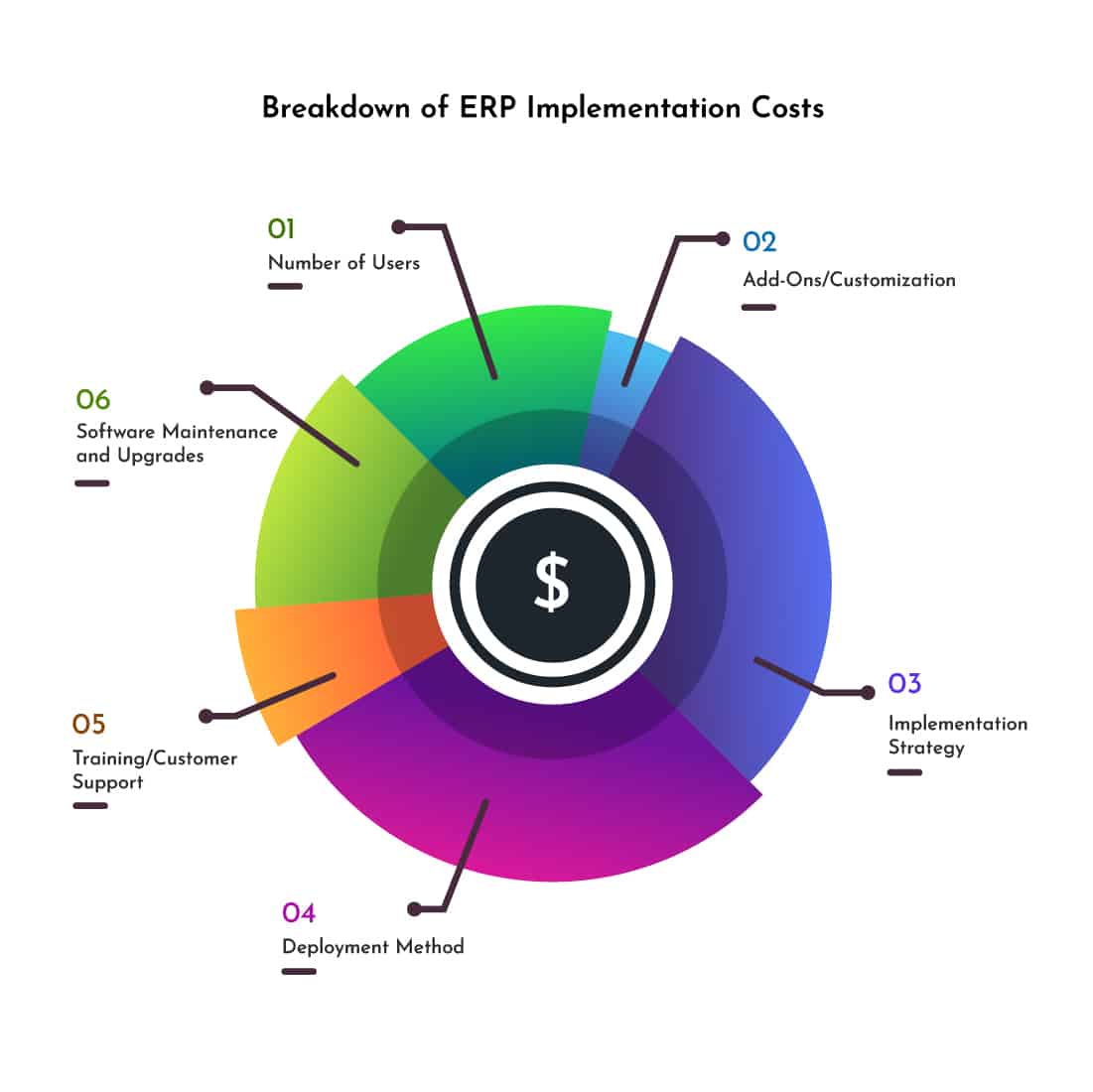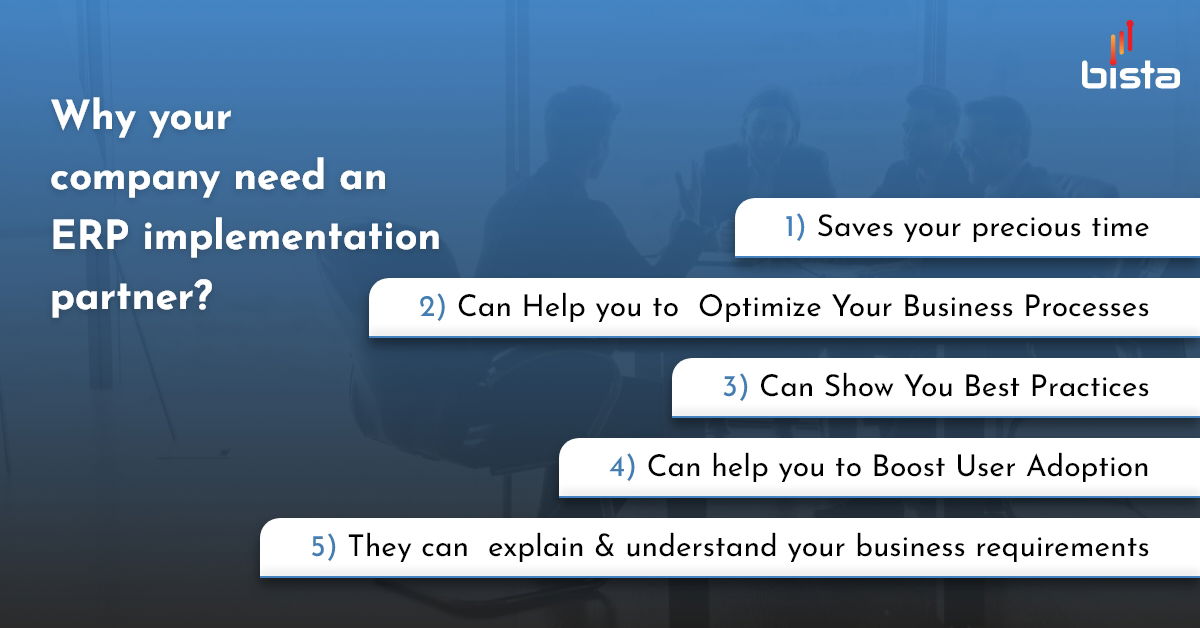Odoo Manufacturing
The Odoo Manufacturing: Features
Odoo’s Manufacturing app offers a comprehensive solution for managing all aspects of your manufacturing process. With features such as Manufacturing Orders, Repair Orders, and Work Orders, you can easily manage the assembly and production of your products. The app also includes barcode scanning capabilities to speed up manufacturing operations, as well as the ability to disassemble finished products and recuperate components. In addition, you can use the app to plan your manufacturing schedule, manage your Bill of Materials, and organize your work orders. With the MRP Scheduler, you can schedule your work at each work center based on capacity and OEE, ensuring that your resources are being used efficiently.
This app also includes features for versioning, document management, and quality control. You can create multi-level Bills of Materials and track changes with versioning, as well as store plans and worksheets directly on Bills of Materials and routings. Quality checks can be deployed easily using the app, and quality alerts can be organized using the kanban view. The app also offers preventive and corrective maintenance features, allowing you to trigger maintenance requests automatically and schedule maintenance operations with the calendar. Finally, the app includes features for traceability, equipment effectiveness analysis, and cost analysis, providing a complete picture of your manufacturing process.
Let’s take a look at some of the Odoo Manufacturing app features:
Management
- Manufacturing Orders: Optimize your product assembly process with efficient management of assembly lines or manual assembly techniques.
- Repair Orders: Effectively handle warranty or service repairs of your products with streamlined repair order management.
- Work Orders: Streamline the production of items required for the final assembly of your products with effective work order management.
- Editable MOs: Enhance your manufacturing process by being able to edit and modify your manufacturing orders after completion, and even consume other products beyond what was initially planned.
- Barcode System: Accelerate your manufacturing operations with a barcode system that enables you to scan lot or serial numbers, control stopwatches, trigger maintenance requests, move to the next step, and more.
- Unbilled Orders: Retrieve components by disassembling finished products with an efficient unbilled orders management system.
Schedule & Plan
- Plan Manufacturing: Gain a comprehensive overview of your entire planning process and conveniently reschedule your manufacturing operations as needed.
- Manage Bill of Materials: Keep track of the availability of your items in stock and production time for an efficient bill of materials management.
- Organize Work Orders: Ensure maximum productivity by efficiently allocating resources and planning ahead for your production with comprehensive work order organization.
- Workcenter Capacity: Utilize the MRP Scheduler to optimize work scheduling at each work center based on their Overall Equipment Effectiveness (OEE) and capacity, ensuring efficient work center capacity management.
Flexible Master Data
- Create Multi-Level Bills of Materials: Set up nested bills of materials to efficiently manufacture components of a product in another bill of materials, streamlining your manufacturing process.
- Version Changes: Allow your products to evolve and incorporate configurable options when creating orders, ensuring flexibility and adaptability to market demands.
- Optional Routing: Optimize your production by creating new routings for work orders and sequencing your manufacturing process based on the routing used, streamlining your production operations.
- Kits: Utilize the Kit feature to sell products that can be delivered as a set of components to be assembled, enabling your sales team to offer comprehensive solutions to your customers.
Product Lifecycle Management
- Versioning: Keep track of changes by easily comparing different versions, ensuring efficient version control for your manufacturing process.
- Engineering Changes: Streamline your ECO process with a comprehensive kanban process, enabling you to efficiently track changes and ensure seamless implementation.
- PLM: Effectively manage your products and ECOs by tracking their respective versions and documents, and merge different ECOs corresponding to the same bill of materials, ensuring efficient product lifecycle management.
- Document Management: Efficiently store plans and worksheets directly on your bill of materials and routings, streamlining your document management process and enabling easy access to critical information.
Quality
- Control Points: Streamline your quality control process by automatically triggering quality checks for your manufacturing department at critical control points.
- Quality Alerts: Effectively organize your work and ensure timely quality control checks by utilizing the kanban view of quality alerts.
- Quality Checks: Efficiently deploy statistical process control by using quality checks, enabling you to easily monitor and maintain quality throughout your manufacturing process.
Maintenance
- Preventive Maintenance: Ensure timely maintenance by automatically triggering maintenance requests based on key performance indicators (KPIs), enabling you to proactively maintain your manufacturing equipment.
- Calendar: Streamline your maintenance scheduling process by utilizing a comprehensive calendar to effectively schedule maintenance operations.
- Corrective Maintenance: Quickly address equipment issues by triggering corrective maintenance directly from the control center panel, ensuring efficient equipment maintenance.
- Statistics: Gain valuable insights into your equipment maintenance by utilizing the comprehensive statistics feature, which computes maintenance statistics such as mean time between failures (MTBF), enabling you to make data-driven decisions and optimize your manufacturing process.
Workcenter Control Panel
- Tablets: Enhance productivity and organization on the shop floor by equipping each work center with a tablet, enabling efficient management of tasks and resources.
- Miscellaneous Operations: Streamline work center operations by performing tasks such as scrapping products, creating quality alerts, and performing checks directly from the work center.
- Record Production: Easily track production by registering completed productions and scanning products, lots, or serial numbers, providing accurate data for analysis and optimization.
- Alerts: Improve communication and transparency by utilizing alerts to notify operators of changes or quality checks, ensuring efficient and effective manufacturing.
- Worksheets: Enhance operator guidance by displaying worksheets directly on the work center, providing detailed instructions and improving quality control.
- Work Order Steps: Simplify complex work orders by defining multiple steps and linking them to worksheet pages, enabling operators to scan products, take pictures, perform quality control checks, and more, ensuring a streamlined manufacturing process.
Reporting
- Traceability: Easily generate a report of the components used during the manufacturing process with full upstream traceability.
- Overall Equipment Effectiveness: Analyze the workload of your work centers, track productivity losses, and monitor the overall equipment effectiveness (OEE).
- Cost Analysis: Track the cost of each manufacturing order based on the cost of components and operations, including labor and materials.
Our Out of box Odoo Manufacturing Suite:
Production, planning & Scheduling (PP&S)- Our Production planning and scheduling Module makes your manufacturing process flow with maximum efficiency by balancing your production needs with your available resources in the most cost-effective manner.
Major features of Our PP&S suite-
- Finite Capacity Planning & Scheduling.
- Sequential Planning.
- Line balancing
- Purchase Lead Time planning
- Work center Optimization
- Manufacturing Multilevel BOM Management
- Skill Matrix
- Available To Promise (ATP)
- Rush Order
Odoo Project Management – Odoo project Manufacturing management helps to simplify your work. It sets you up for success when you embark on manufacturing efforts. With the right tools and software, your team’s efficacy and also the degree of production accuracy can both improve.
With Our Odoo Project Management suite, you can easily-
- Plan the new production line process
- Manage an emergency repair procedure
- Examine the effectiveness of your current manufacturing process
- Enhance intra-organizational communication
- Keep track of the project’s budget also a timeline
The Odoo Manufacturing app is a comprehensive solution for managing all aspects of your manufacturing process. It offers a wide range of features such as Manufacturing Orders, Repair Orders, and Work Orders, as well as barcode scanning capabilities, planning and scheduling tools, version control, quality management, and maintenance features. The app also provides a work center control panel, which enhances productivity and organization on the shop floor. With the Odoo Manufacturing app, you can optimize your manufacturing process, ensure efficient resource utilization, and improve quality control, leading to a more effective and productive manufacturing operation.
Feel free to get in touch with the Bista Solutions team to explore further about this application or to request a complimentary consultation or demo. Our ERP experts are adept at tailoring solutions that match your business requirements. With several years of experience as an Odoo Gold Partner and a global presence, Bista Solutions has been awarded five times for being the Best Partner in North America for Odoo, so rest assured, you’re in reliable hands.




 Get a Tailored
Get a Tailored 








